Pharmacist Cover Letter Template for Your Job Search
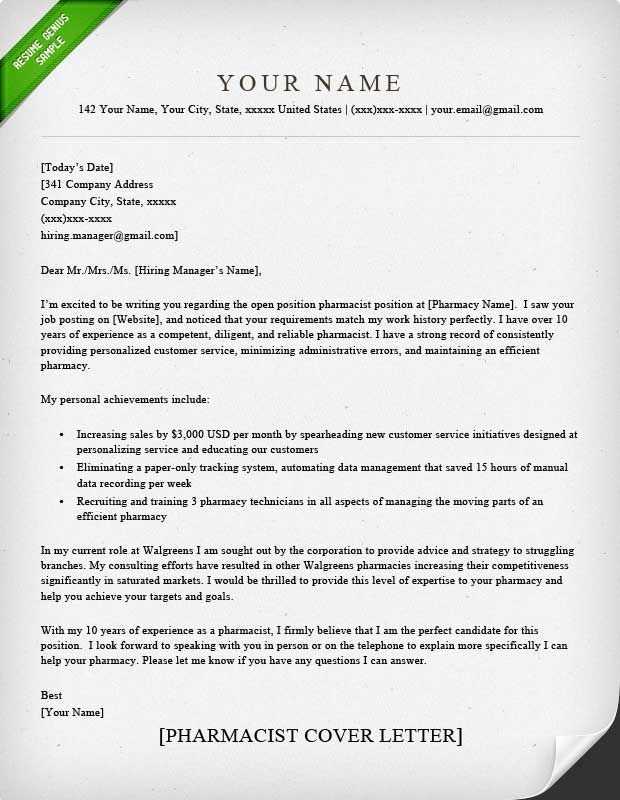
Crafting a compelling introduction for a job application is essential to stand out in the competitive healthcare field. A well-structured document can help you convey your experience, skills, and passion, making a lasting impression on potential employers. Understanding the key elements that make a professional presentation can significantly increase your chances of securing a role in the pharmaceutical industry.
Personalizing your submission plays a critical role in capturing the attention of hiring managers. Rather than using a generic approach, tailoring your communication to reflect the specific position and your unique qualifications is important. This not only demonstrates your commitment but also aligns your expertise with the company’s needs.
While the content is crucial, the structure and formatting also contribute to the overall professionalism of the document. From ensuring clarity and coherence to avoiding common mistakes, attention to detail can elevate the quality of your application. In the following sections, we’ll explore effective strategies for creating a standout presentation tailored to the pharmaceutical sector.
Pharmacy Professional Application Overview
When applying for a position in the pharmaceutical field, presenting yourself effectively is crucial to gaining attention from potential employers. A well-organized and thoughtful application introduction serves as your first opportunity to make an impression, offering a snapshot of your experience and qualifications. Understanding the essential structure and key points of an application can greatly enhance your chances of standing out in a competitive job market.
Key Sections to Include
- Introduction: Clearly state the position you’re applying for and why you’re a great fit.
- Skills and Expertise: Highlight relevant qualifications, including technical knowledge and soft skills.
- Professional Experience: Emphasize your previous roles, focusing on achievements and responsibilities.
- Closing Statement: Reaffirm your enthusiasm for the role and express your desire to discuss further in an interview.
Effective Presentation Tips
- Be concise, ensuring each section is clear and impactful.
- Tailor your content to the specific job and employer.
- Maintain a professional tone and format, avoiding casual language.
- Proofread to eliminate any errors that may undermine your professionalism.
How to Personalize Your Application
Customizing your job application is essential to stand out and show potential employers that you’ve made the effort to align your skills and experience with their specific needs. A generic submission is less likely to capture attention, while a tailored one reflects your genuine interest in the position and your understanding of the company’s goals. Personalization allows you to highlight what makes you uniquely qualified for the role.
Start with the employer’s needs: Carefully review the job description and identify key qualifications and responsibilities. Incorporating these details into your application shows you have paid attention and understand what the employer is looking for.
Use specific examples: Refer to your previous experience and provide relevant examples of how your skills have directly benefited past employers or projects. This concrete evidence makes your qualifications more persuasive and relatable.
Don’t forget about the company culture: Tailoring your approach to reflect the company’s values and work environment can help you connect with the employer on a deeper level. Demonstrating that you align with their mission and culture can make a significant impact.
Essential Components of a Strong Application
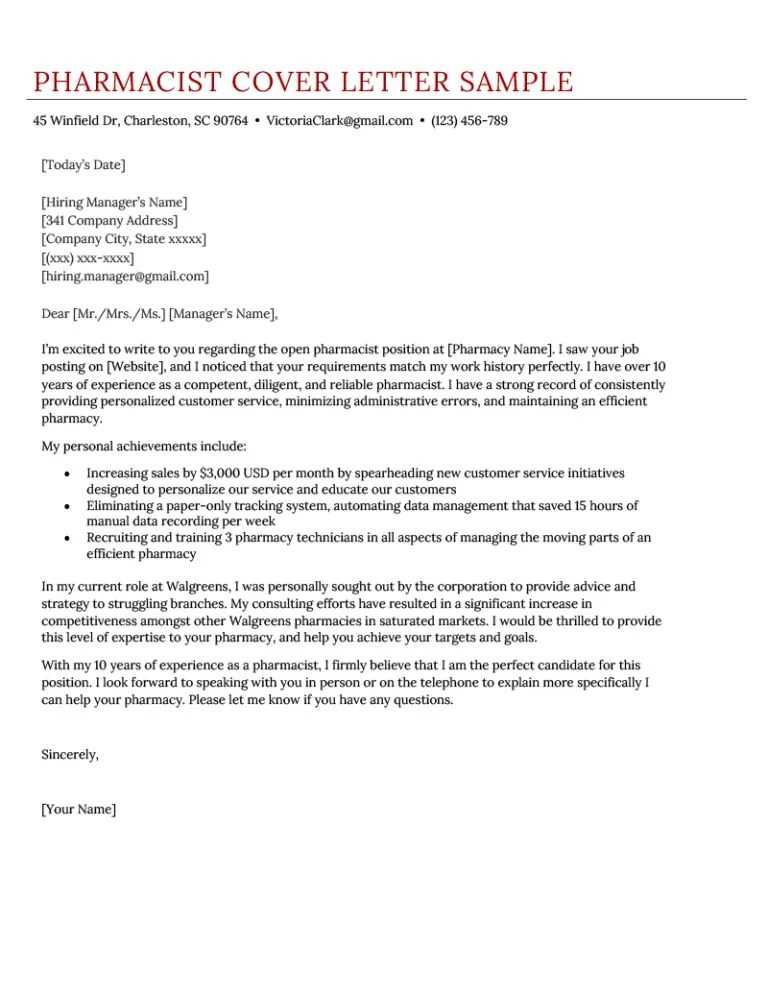
Creating an impactful job application requires more than just listing your qualifications. It’s important to structure the content in a way that highlights your strengths and showcases why you’re the ideal candidate. The right combination of elements can make a significant difference in how your submission is perceived by hiring managers.
Key Elements to Include
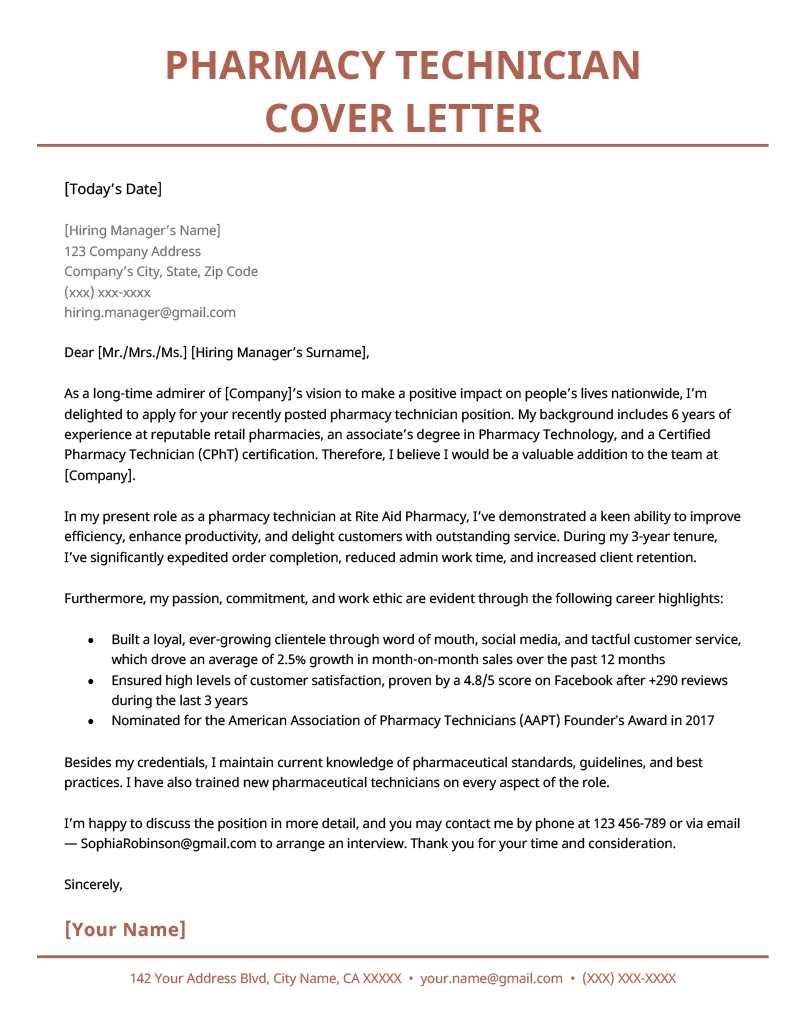
- Introduction: Start with a brief yet engaging opening that expresses your interest in the role and highlights your enthusiasm.
- Relevant Skills: Emphasize the most important skills you bring to the position, focusing on those mentioned in the job posting.
- Experience: Detail specific examples of how your past roles have prepared you for the challenges of the new job. Highlight measurable successes.
- Alignment with Company Values: Demonstrate your understanding of the company’s mission and culture, and show how you would contribute to its goals.
- Closing Statement: Reaffirm your interest in the role, express your eagerness for an interview, and thank the employer for considering your application.
Formatting Tips
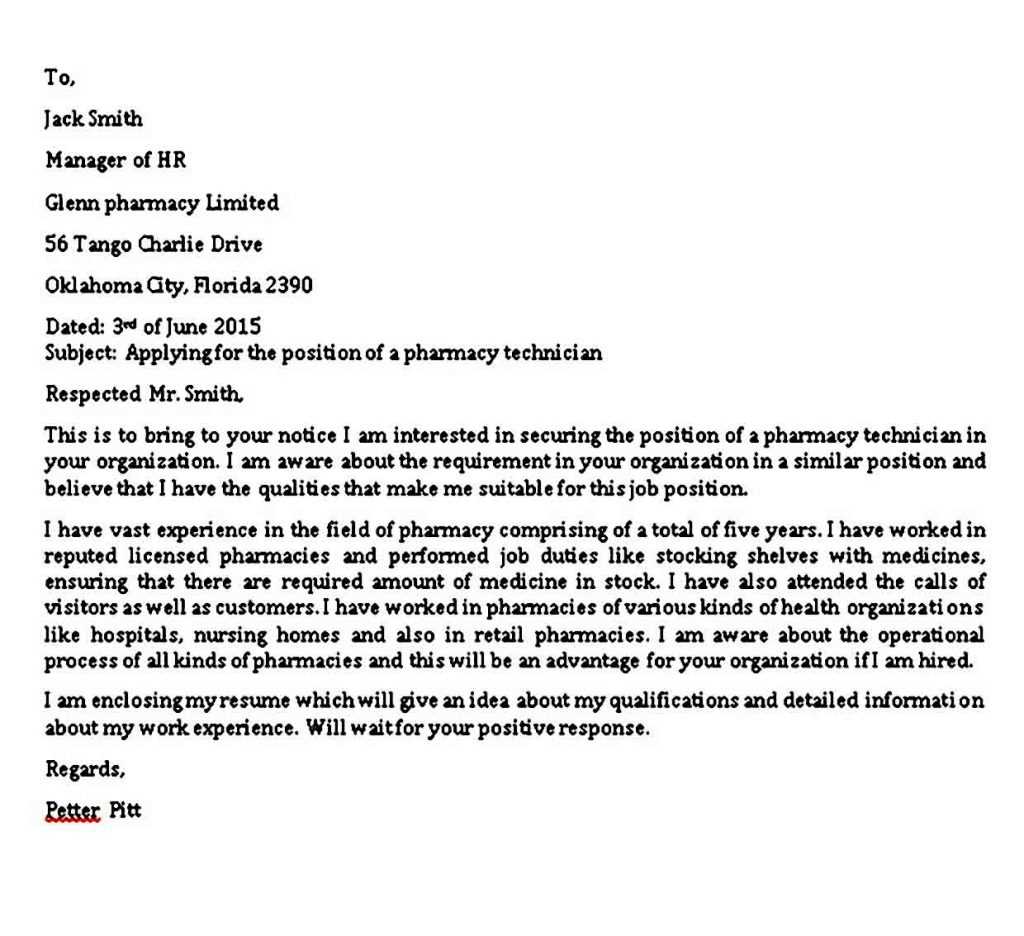
- Maintain a professional tone and avoid overly casual language.
- Be concise–ensure each section is impactful and to the point.
- Proofread to eliminate any errors in grammar or spelling.
- Ensure a clean and organized layout, making it easy for the reader to navigate.
Tips for Highlighting Your Skills Effectively
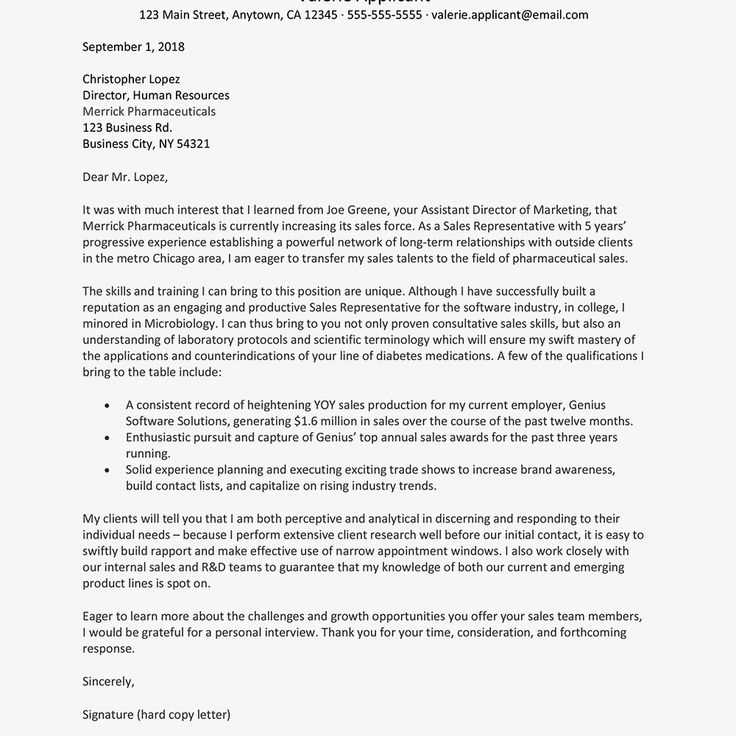
One of the most important aspects of your job application is showcasing your relevant abilities in a clear and impactful way. Employers need to quickly understand how your skills align with their needs, so it’s essential to present them effectively. This section will guide you through strategies for making your capabilities stand out and capture the attention of hiring managers.
Strategies to Present Your Expertise
| Approach | Example |
|---|---|
| Quantify Achievements: Provide specific examples that show measurable success in your past roles. | “Increased prescription fulfillment speed by 20% through process optimization.” |
| Link Skills to Results: Connect your abilities directly to positive outcomes or improvements. | “Successfully managed a team that reduced medication errors by 15%.” |
| Prioritize Key Competencies: Highlight the most important skills that are directly relevant to the position. | “Proficient in handling patient prescriptions and managing inventory.” |
| Use Action-Oriented Language: Make your skills sound dynamic by using strong, action-based verbs. | “Led patient consultations, optimizing their medication plans.” |
By following these guidelines, you’ll be able to effectively demonstrate your qualifications and create a stronger, more compelling job application. Tailoring your skills to the employer’s needs and showing how you can add value will greatly increase your chances of success.
Avoiding Common Mistakes in Applications
While crafting your job application, it’s easy to overlook some key elements that can affect the overall impact of your submission. Mistakes, whether in formatting, tone, or content, can leave a negative impression on hiring managers. Recognizing and avoiding these pitfalls is crucial to creating a professional and effective application.
Common Pitfalls to Watch For
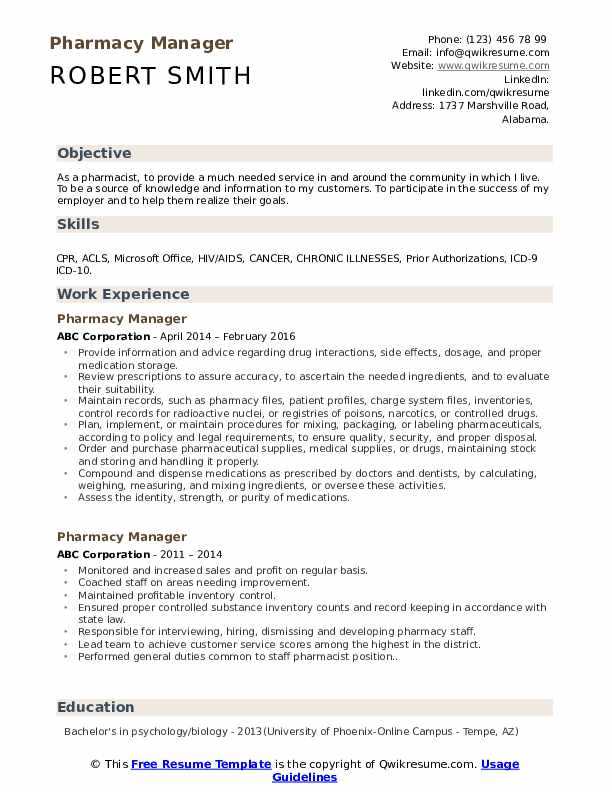
- Generic Content: Avoid using a one-size-fits-all approach. Tailoring your application to the specific role and employer shows your genuine interest.
- Lack of Specificity: Vague claims about your abilities won’t leave a lasting impact. Use concrete examples that highlight your achievements and skills.
- Excessive Length: A lengthy application can overwhelm the reader. Be concise, making sure each section is impactful without being too wordy.
- Spelling and Grammar Errors: Even small mistakes can undermine your professionalism. Always proofread your work or have someone else review it before submitting.
Tone and Structure Errors
- Overly Casual Tone: A professional tone is essential. Avoid slang or informal language that could diminish your credibility.
- Unclear Structure: Disorganized content can confuse the reader. Ensure your application has a clear, logical flow from one section to the next.
By steering clear of these common mistakes, you’ll present a more polished and professional application that demonstrates your attention to detail and commitment to the role.
Formatting Guidelines for Professional Appeal
When submitting your job application, the appearance and structure are just as important as the content itself. Proper formatting can enhance the readability and professionalism of your submission, ensuring it stands out positively to hiring managers. A well-organized and visually appealing document not only highlights your skills but also shows that you take the application process seriously.
Follow these formatting tips to ensure your application looks polished and professional:
- Use a Clear Layout: Organize your content in a way that’s easy to follow. Use headings, bullet points, and paragraphs to break up large blocks of text.
- Maintain Consistent Font Style and Size: Stick to professional fonts such as Arial or Times New Roman, and use a font size between 10-12 points for the body text.
- Leave Adequate White Space: Ensure there is enough margin around the edges and space between sections to create a clean, uncluttered look.
- Align Text Properly: Align your text to the left to make it more readable, and avoid using centering for the body of the document.
- Include Contact Information Clearly: Place your contact details at the top in a format that’s easy to find, making it simple for the employer to reach out to you.
By adhering to these formatting guidelines, you ensure that your application not only conveys your qualifications but also reflects your professionalism and attention to detail.
Customizing for Different Pharmacy Roles
Each job opportunity within the healthcare sector may require specific skills and experiences. Therefore, tailoring your application to highlight the most relevant attributes for the role you’re applying to is essential. A generic application is unlikely to have the same impact as one that is customized to meet the particular needs of the employer and position.
When applying for different roles in the field, consider adjusting your approach based on the responsibilities and required expertise. Below are key tips for customizing your application for various positions:
- Specialized Roles: If applying for a specialized position, emphasize your knowledge of specific practices or treatments relevant to that field.
- Entry-Level Positions: For entry-level roles, focus on your educational background, internships, and eagerness to learn and contribute to the team.
- Management Roles: Highlight leadership experience, team management, and your ability to implement organizational systems effectively.
- Clinical Positions: Stress your clinical knowledge, patient care skills, and any hands-on experience in a healthcare setting.
By adjusting the focus of your application to match the job description, you demonstrate your understanding of the role and increase your chances of standing out as a top candidate for the position.